Hello
I am not a scientist. I am looking to collaborate with someone or a group who understands how to integrate live photo animal identification into a mechanical devise to open and close a gates. The purpose of this would be to contain dommestic livestock while allowing large animals such as Elk and Bear to pass exclusionary fences at will unimpeded.
Elk in the fence.pdf11 December 2023 6:14pm
I have a project that can integrate custom events triggered by AI models and then activate external events such as relays. Out of the box it could do a good good at detect bears and opening the gate. An elk looks very much like a deer. My project is integrated with deepfaune that detects deer I’m willing to bet it would see an elk as a deer. I can test that pretty easily. I’ll get back to you on that.
I assume that because you talked about opening a gate that power is available ?
My project is completed by but is waiting for me to finish the install script for the latest version of the NVidia Jetson hardware.
My project is here:
But feel free to reach out for a conference call if this interests you.
I’ll test some elk images with my deepfaune integration over the coming days and post the results.
11 December 2023 6:46pm
Bighorn sheep are identified as Mouflons: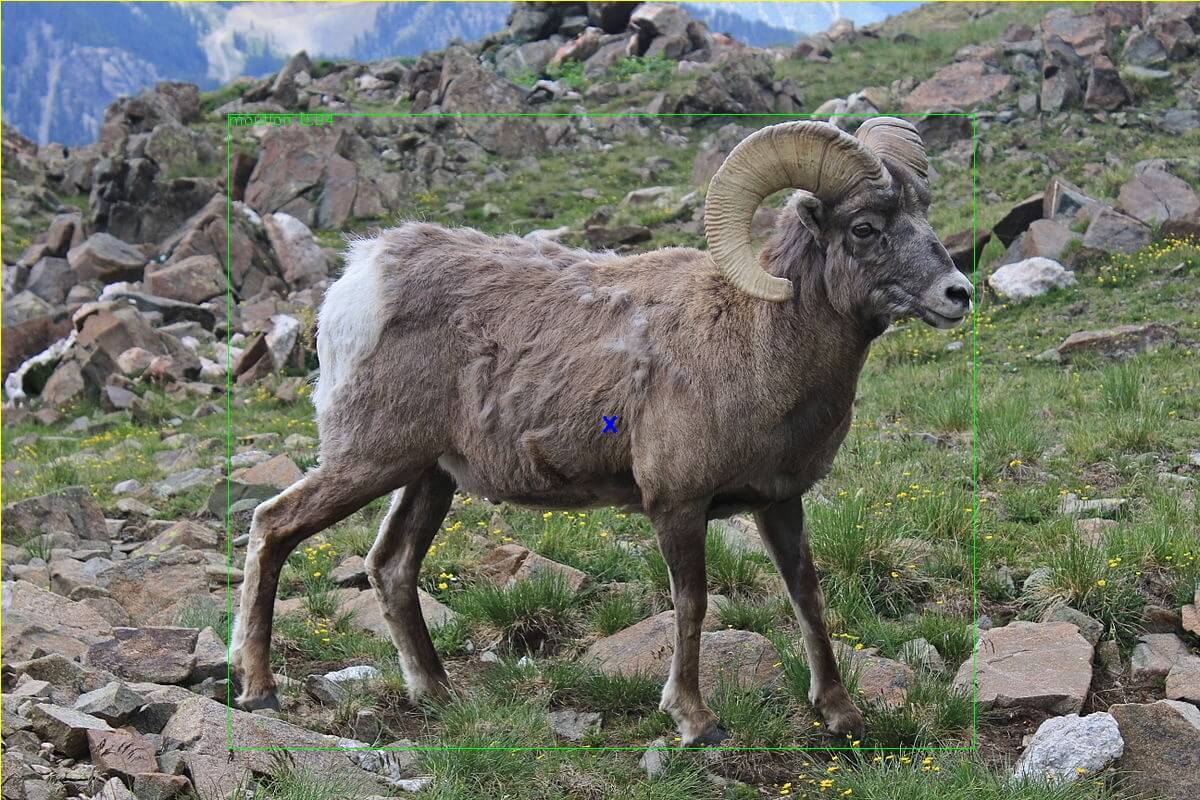
So based on a question to chatgpt about large animals in California, we only need to find something to match mountain lions to be complete I think. It can detect wild boar and I don't think we need to worry about whales (Okay, I didn't tell chat it hand to be on land).
11 December 2023 7:38pm
An alternative way of doing this if they are your livestock would be to RFID tag the cattle then have a detector near the gate that closes when they are near.

Lars Holst Hansen
Aarhus University
12 December 2023 5:08pm
The concept (based on image recognition) was actually mentioned (as an april's fool joke) by a Danish Engineering Paper in Danmark some years ago:
Hoppede du på den? Vildsvinehegn skal lukke ulve ind via ansigtsgenkendelse | Ingeniøren
APRILSNAR: Tyske forskere bistår den danske kamp mod spredning af vildsvin med svinepest ved at installere kameraer med software, der kan adskille ulvens træk fra eksempelvis vildsvin eller ræve. Dermed skal ulven frit kunne passere grænsen..
They had made up a convincing story about how the fence put up in order to limit the movement of wild boars from Germany (in order to limit spread of diseases to Danish pig farms) needed gates to allow for the natural migration of wolves. They even had a link to a scientific paper on face detection in lemurs on Madagascar:
LemurFaceID: a face recognition system to facilitate individual identification of lemurs | BMC Zoology | Full Text
Long-term research of known individuals is critical for understanding the demographic and evolutionary processes that influence natural populations. Current methods for individual identification of many animals include capture and tagging techniques and/or researcher knowledge of natural variation in individual phenotypes. These methods can be costly, time-consuming, and may be impractical for larger-scale, population-level studies. Accordingly, for many animal lineages, long-term research projects are often limited to only a few taxa. Lemurs, a mammalian lineage endemic to Madagascar, are no exception. Long-term data needed to address evolutionary questions are lacking for many species. This is, at least in part, due to difficulties collecting consistent data on known individuals over long periods of time. Here, we present a new method for individual identification of lemurs (LemurFaceID). LemurFaceID is a computer-assisted facial recognition system that can be used to identify individual lemurs based on photographs. LemurFaceID was developed using patch-wise Multiscale Local Binary Pattern features and modified facial image normalization techniques to reduce the effects of facial hair and variation in ambient lighting on identification. We trained and tested our system using images from wild red-bellied lemurs (Eulemur rubriventer) collected in Ranomafana National Park, Madagascar. Across 100 trials, with different partitions of training and test sets, we demonstrate that the LemurFaceID can achieve 98.7% ± 1.81% accuracy (using 2-query image fusion) in correctly identifying individual lemurs. Our results suggest that human facial recognition techniques can be modified for identification of individual lemurs based on variation in facial patterns. LemurFaceID was able to identify individual lemurs based on photographs of wild individuals with a relatively high degree of accuracy. This technology would remove many limitations of traditional methods for individual identification. Once optimized, our system can facilitate long-term research of known individuals by providing a rapid, cost-effective, and accurate method for individual identification.





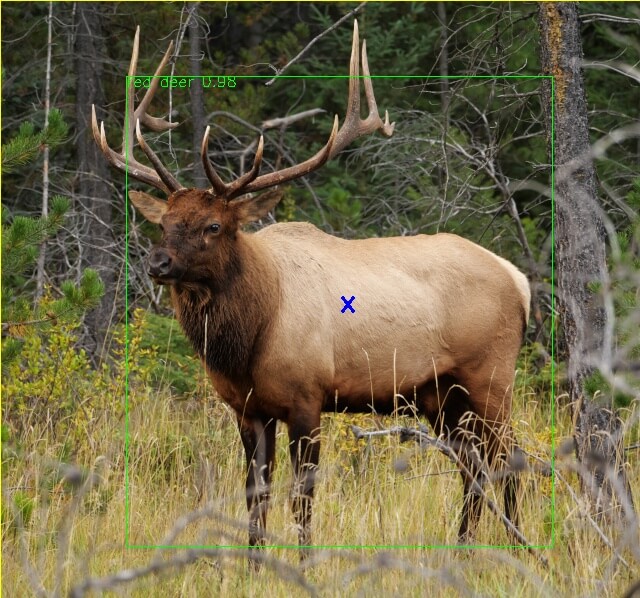
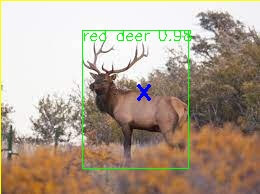










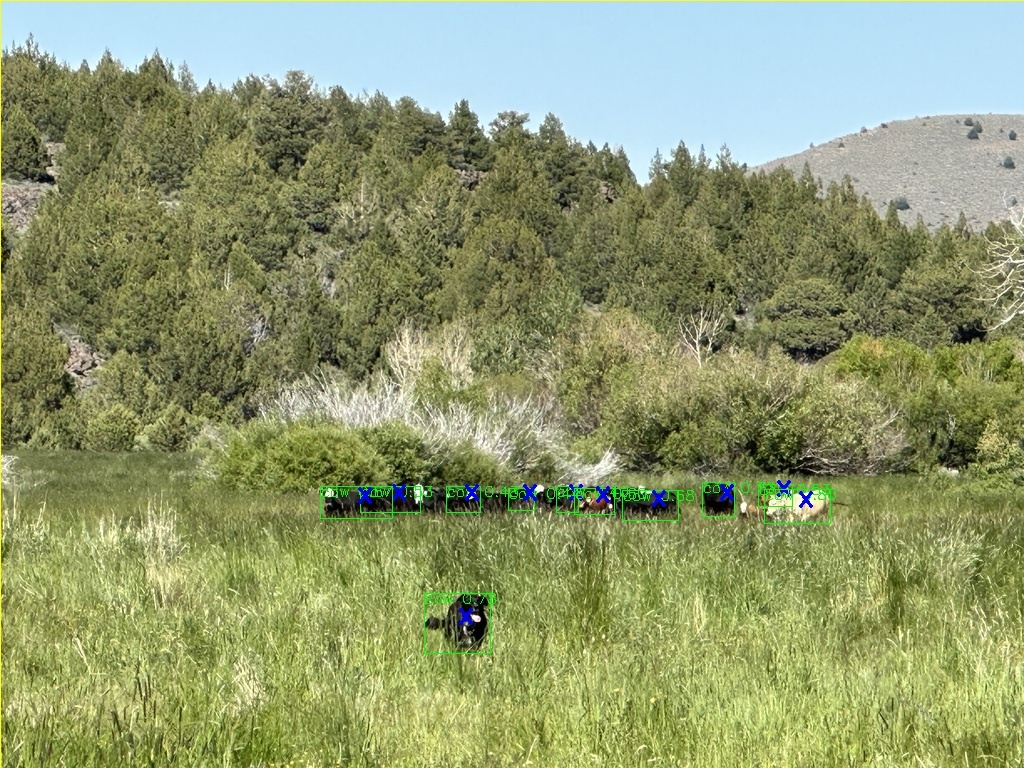
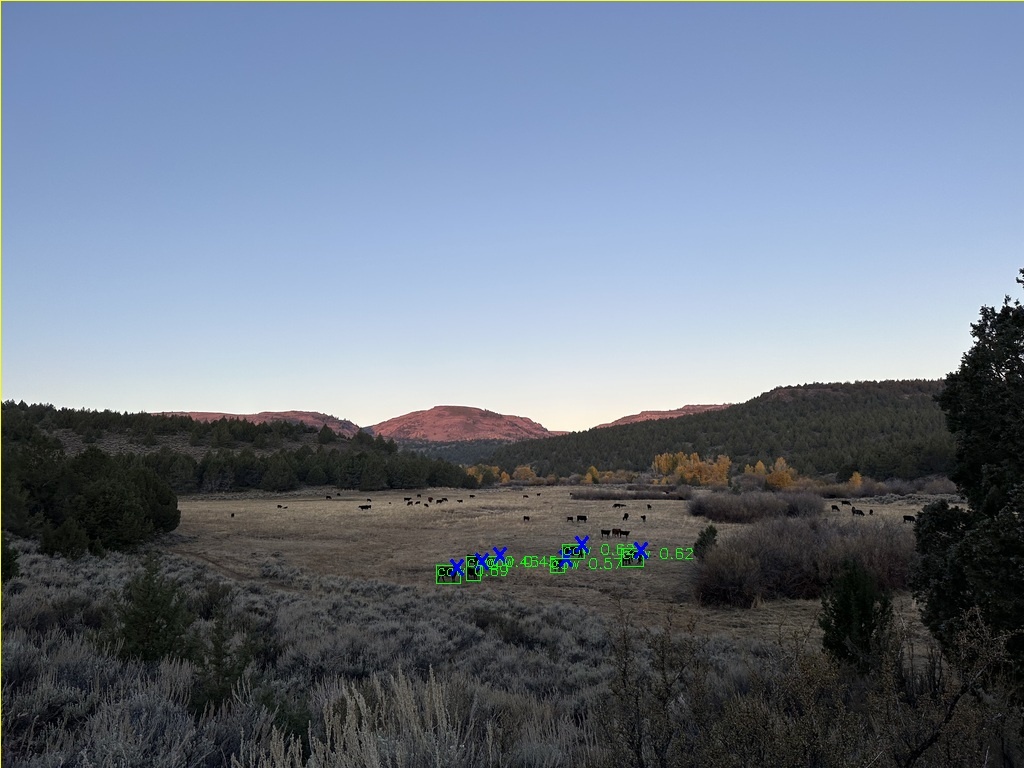






Kim Hendrikse